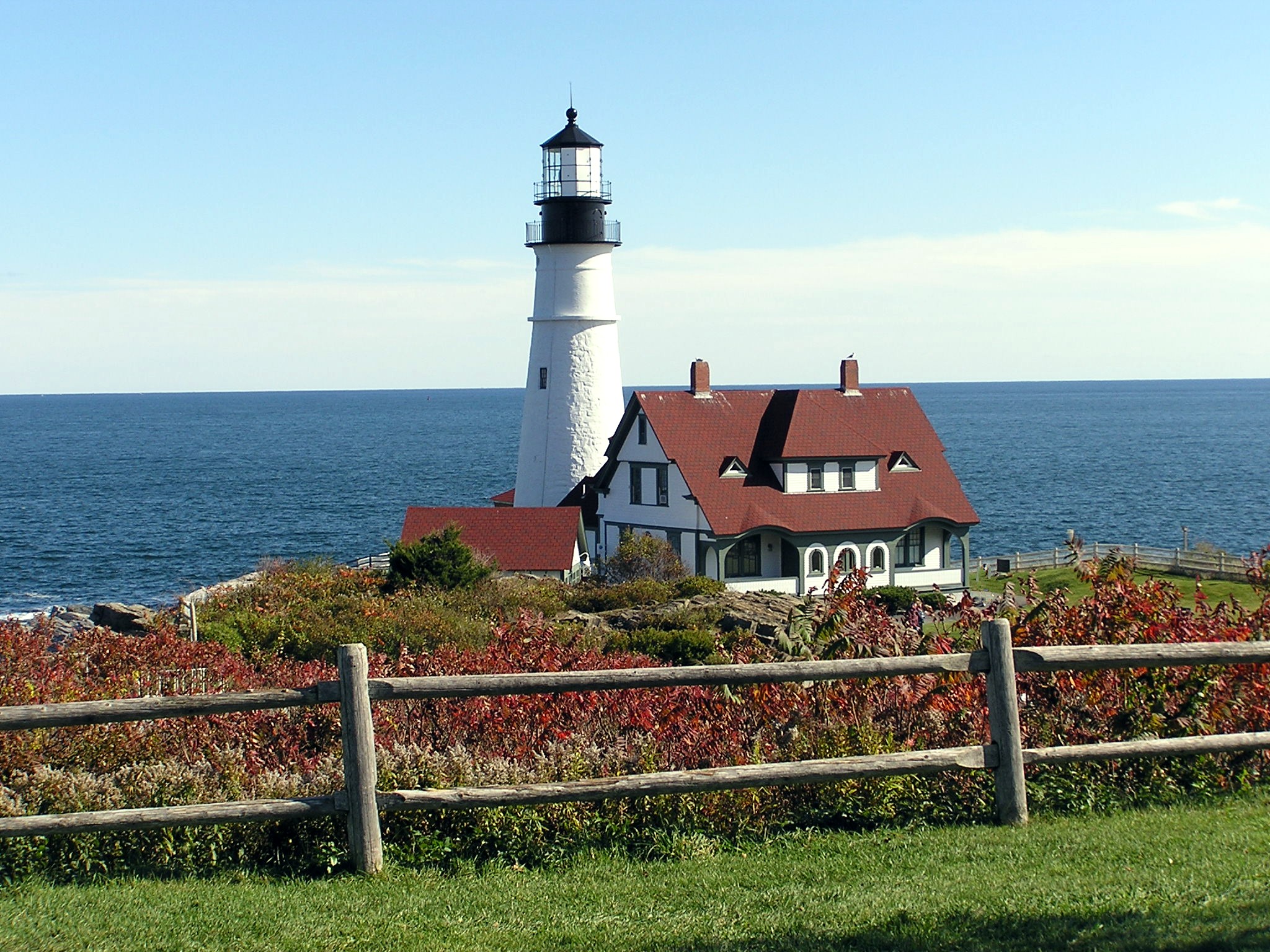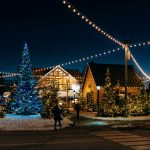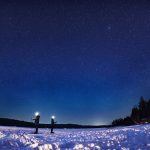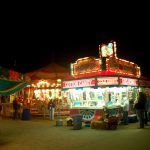Maine: The Pine Tree State
By David Lyon and Patricia Harris Maine has more. Whatever you’re looking for in New England, Maine has more coastline, more moose, more lobsters, more forest, more islands, more deer, more trout, more lakes and streams. Nearly as large as the rest of New England put together, Maine is so big by regional standards that […]

Coffee By Design | Portland, Maine
Photo Credit : Katherine KeenanBy David Lyon and Patricia Harris
Maine has more. Whatever you’re looking for in New England, Maine has more coastline, more moose, more lobsters, more forest, more islands, more deer, more trout, more lakes and streams. Nearly as large as the rest of New England put together, Maine is so big by regional standards that mapmakers have to change their scale to fit the northern and eastern tips onto a page. Even the best navigators en route to Calais or Madawaska are likely to ask, “Are we there yet?”
Who cares? Getting there is half the fun.
Maine’s southern coast is its sandiest, with long swimming strands in otherwise art-obsessed Ogunquit and delightfully honky-tonk Old Orchard Beach. North of Portland, rocky headlands far outnumber bathing beaches, and long peninsulas dangle off the coast like bunches of grapes. Follow a twisting turnoff to its logical conclusion, and you’re almost certain to find a lobster pound and a lighthouse. If it’s the Georgetown peninsula, you’ll discover one of the longest and least crowded swimming beaches on the coast at Reid State Park and arguably the state’s most picturesque lobster landing at Five Islands.
Lobster is king at the annual Maine Lobster Festival in Rockland, the working harbor that’s the gateway to the legendary lobstering and sailing waters of Penobscot Bay. The lights, bells, buoys and mementos of the Maine Lighthouse Museum recall a bygone era — while the Louise Nevelson, Andrew Wyeth, and Winslow Homer masterpieces at the Farnsworth Art Museum capture Maine at its most artistic. If you’ve a hankering to go before the mast, Rockland is also home to the lion’s share of the coastal windjammer fleet.
Down in nearby Port Clyde, you can ship out on a simple ferry for a day-long idyll on Monhegan Island, where new vistas magically appear, even though some great painter or another has depicted every rock and flower.
Mainers have been seafarers for centuries — a glorious history recounted at the Maine Maritime Museum in Bath and the even more evocative Penobscot Marine Museum in Searsport. (At one time, 10 percent of America’s deep-water captains hailed from this little maritime village.)
Turn the coastal corner at Bucksport to enter authentic Downeast Maine, so named for the prevailing winds. This is the country of wild blueberries (best in muffins or pancakes), spruce-tufted islands, and the sylvan and seaside lures of Acadia National Park. The lighthouses are strung like Christmas tree bulbs along the coast, ending with the red-and-white striped tower of West Quoddy Head in Lubec, the easternmost point of the U.S.
Chances are that you can pick up any gear you need for exploring Maine at L.L. Bean (and if you like outlet shopping, you may never leave Freeport). Keep in mind that there’s more to Maine than the coast. A flyrod could be your best friend on the Allagash Wilderness Waterway, a shortie wetsuit might be invaluable for whitewater rafting in the Kennebec River Gorge, and you can never have enough dehydrated rations when you climb Mount Katahdin, Maine’s mile-high peak. Binoculars let you keep from spooking the moose around Moosehead Lake as you watch them browse in the shallows or swim across the lake’s broad bays.
The downhill swirl is delirious at Sugarloaf and Sunday River, whether on skis or a board in the winter, or a mountain bike in the summer. The contrasts are almost unfathomable. Maine’s wilderness is wilder than it was when Henry David Thoreau visited 150 years ago, yet back down on the coast, Portland is both metropolitan and cosmopolitan, a city that honors its maritime past yet dwells in an exciting present of theaters and orchestras, museums and galleries, clubs and fine dining.
Maine just has more.








Absolutely love Maine…coming again from May31-June8th celebrating our Honeymoon, will travel the coast to West Quoddy, and the over to Millinocket to see some Moose, can’t wait. Maine rocks!!!
You did great on lower Maine, but what about Aroostook County, don’t see anything about it here in article.
Hear hear Nancy Fink. I live in central Maine and I get really tired when people seem to think that the coast is all there is to Maine – except for the ski resorts.
I am a ‘Mainer” although we used to call ourselves ‘Maniacs’. Moved out of state 50 years ago but return as frequently as possible. I agree that there is more to ME than the Southern coast. Am planning a quilting store tour this year. I was astounded to see the number of stores available for quilting supplies. Some of the fabric patterns I have only seen in ME. I am shipping to WA this year instead of trying to carry in a suitcase! Marsden’s has TONS of great fabric at a discount. Of course, I’ll eat a ‘lobsta’ roll a day while there–nothing like it anywhere.
Sorry, you can call yourself a “Mainiac” when speaking, but if you are writing it out you need to spell it “MAINEIAC”…
Ayuh, I’m a native Mainer and proud to call myself a Maineiac. I live in beautiful downeast Maine.
Maine sounds like a great place! Over the years, I have had several teachers and friends from Maine and when I was in 5th grade, I became enchanted by New England as a whole. But Maine, in particular, stands out thanks to all the beautiful photographs and stories I have heard from others who have lived there. They can’t wait to ‘go home’ and I can’t wait to see if I want to make it ‘my home’ too.